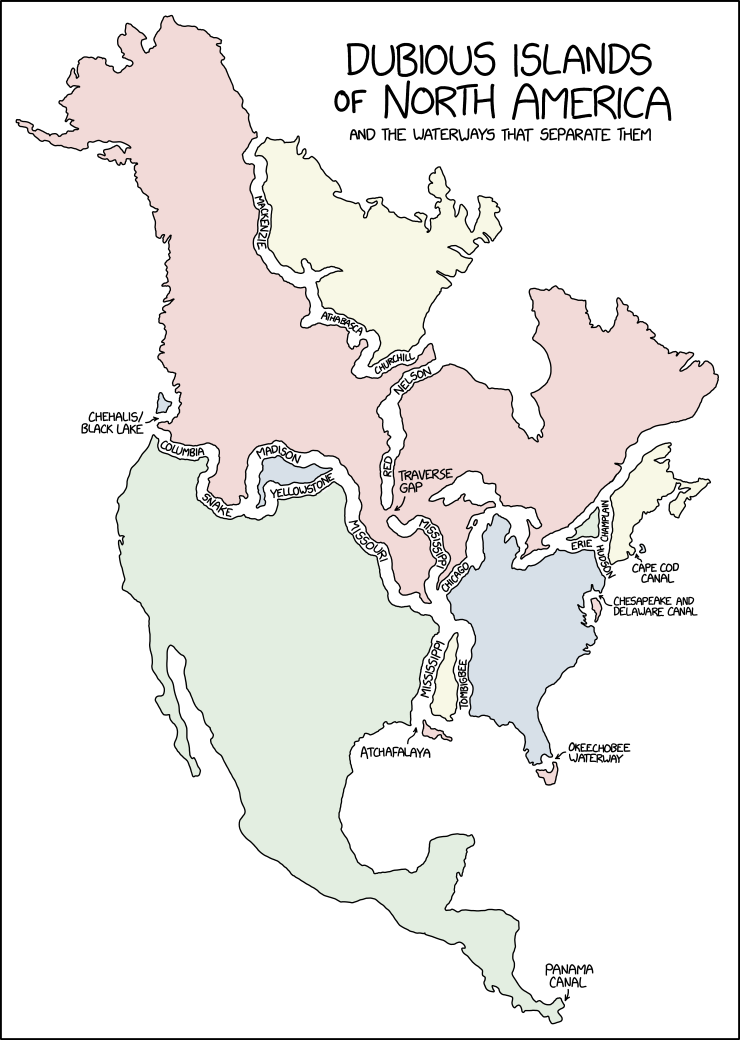this post was submitted on 07 Oct 2023
275 points (94.8% liked)
Comic Strips
11972 readers
1900 users here now
Comic Strips is a community for those who love comic stories.
The rules are simple:
- The post can be a single image, an image gallery, or a link to a specific comic hosted on another site (the author's website, for instance).
- The comic must be a complete story.
- If it is an external link, it must be to a specific story, not to the root of the site.
- You may post comics from others or your own.
- If you are posting a comic of your own, a maximum of one per week is allowed (I know, your comics are great, but this rule helps avoid spam).
- The comic can be in any language, but if it's not in English, OP must include an English translation in the post's 'body' field (note: you don't need to select a specific language when posting a comic).
- Politeness.
- Adult content is not allowed. This community aims to be fun for people of all ages.
Web of links
- !linuxmemes@lemmy.world: "I use Arch btw"
- !memes@lemmy.world: memes (you don't say!)
founded 1 year ago
MODERATORS
you are viewing a single comment's thread
view the rest of the comments
view the rest of the comments

Alt-text OP inexplicably refused to give us:
I deserve this, even promised to remember last time
I will await you're return with an upvote in hand
Fun fact, that traverse gap separates the red river of the north from the MINNESOTA river - which eventually drains into the Mississippi. The Mississippi starts at Lake Itasca.
Fun fact #2, the Minnesota/Mississippi drains into the Atlantic via the Gulf, but the red river eventually drains into the Arctic Ocean via the Hudson Bay!
Another fun fact; the Red River is very prone to spring flooding because it flows such a great distance north. The headwaters thaw out and start flowing while the river's outlet is still frozen over. Many cities and towns in Manitoba have dikes around them and turn into islands during the spring flood. Winnipeg has a flood diversion canal to guide the floodwaters past it each spring.
I think I just ran out of fun facts about Manitoba.
Funny, I thought the Red River drained into Fargo.
I wonder if they were connected, hypothetically, if the Hudson would drain into the Caribbean or the other way around. The North American plains bisect the entire continent so it's feasible; I just don't know if the two bodies of water are at the same elevation, and due to gravitational effects, etc, large bodies of water aren't always at sea level.